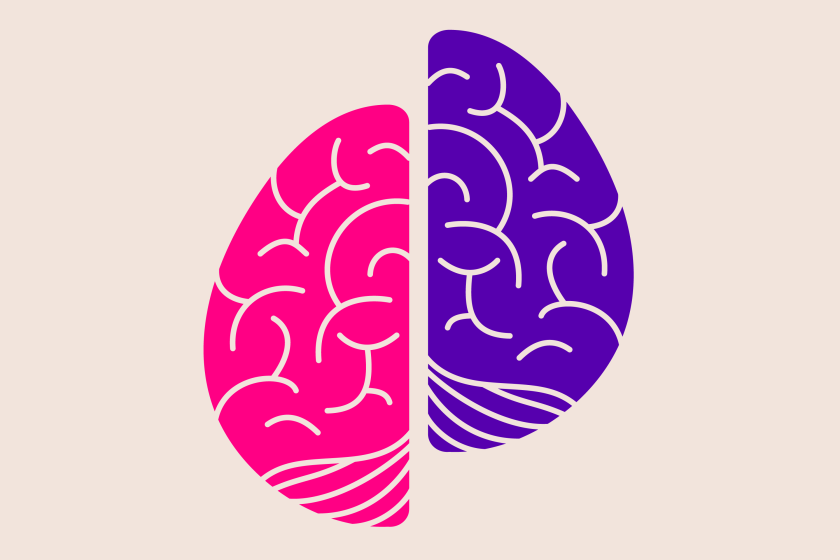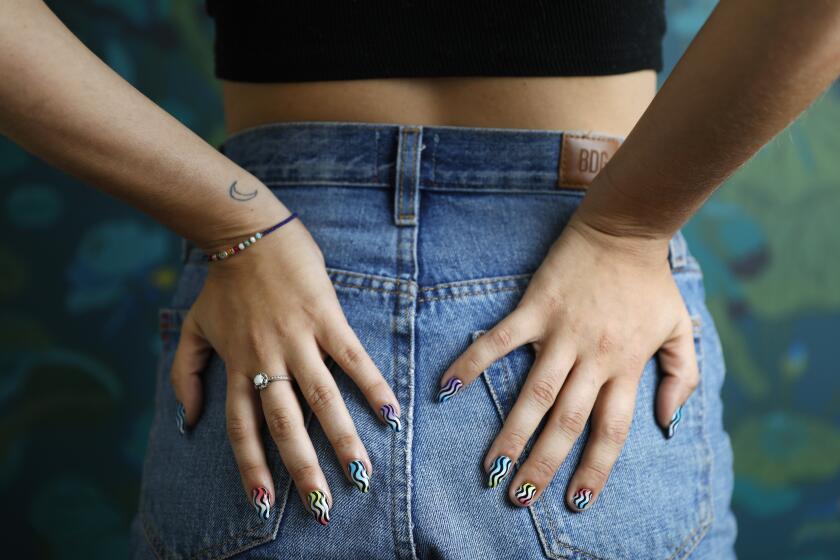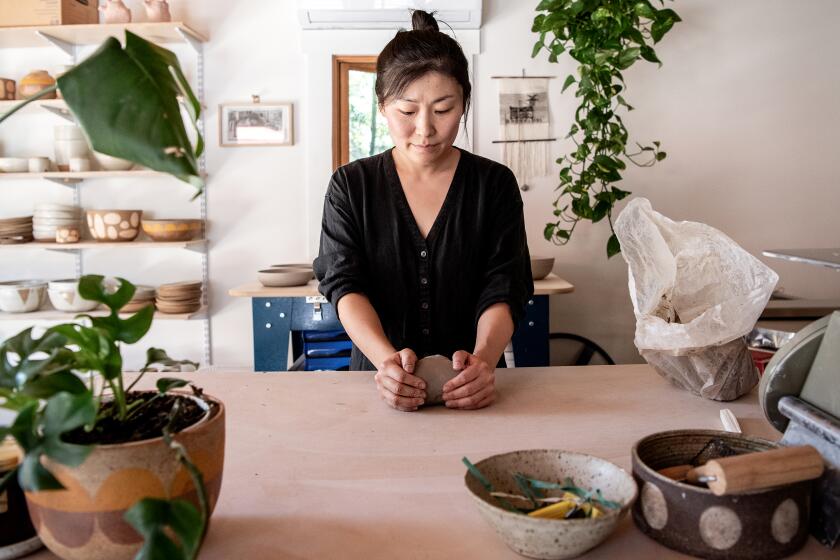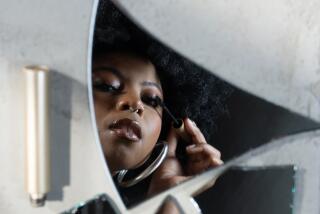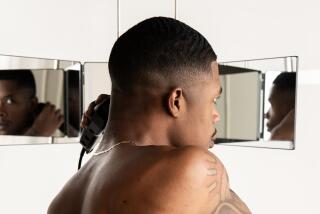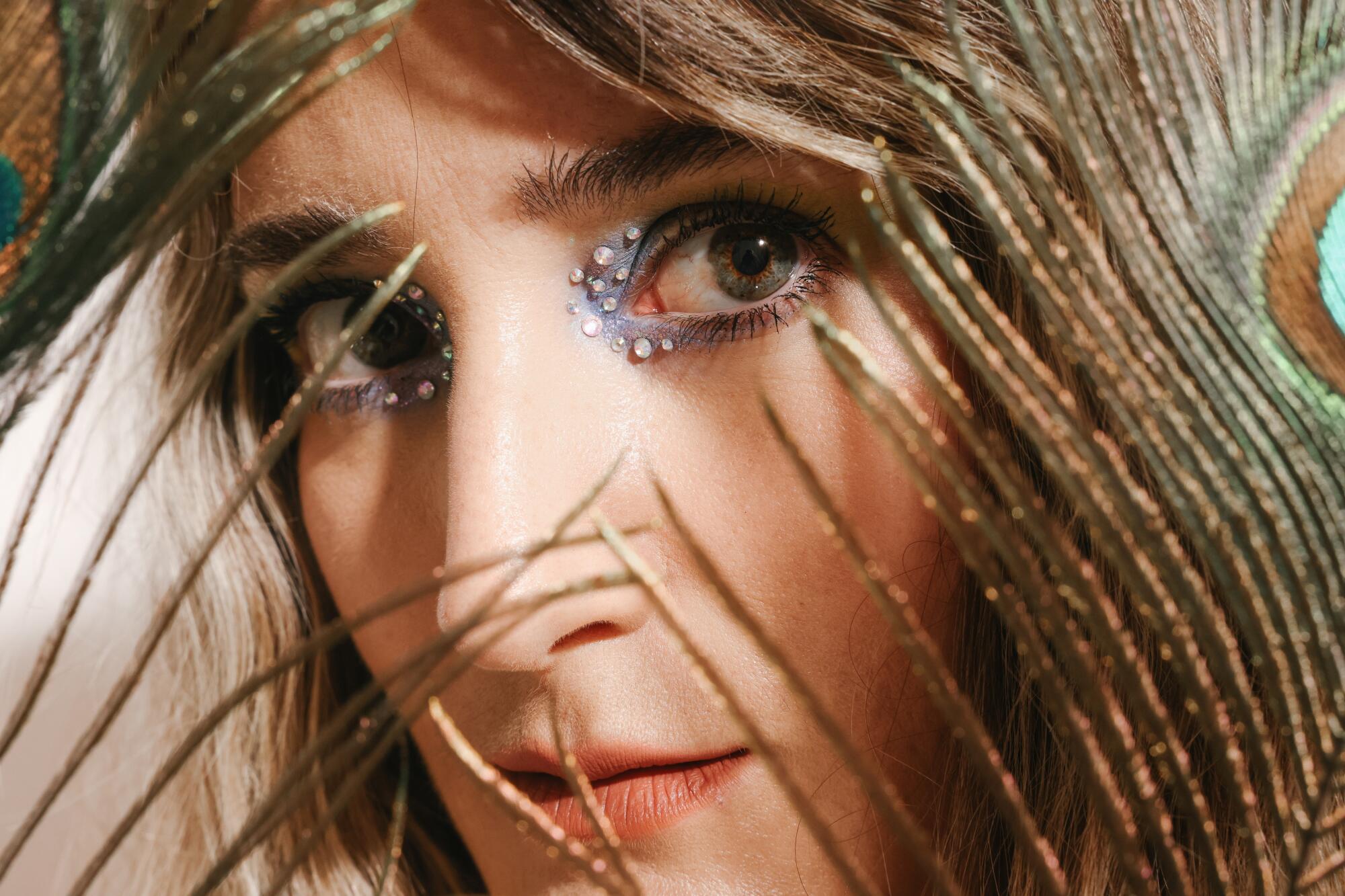
Do those visceral feelings you keep close to the chest ever impact how you present on the outside? For many, the answer is yes. Your vulnerabilities and the way you participate in beauty rituals are more intertwined with mental health than you may realize, says clinical psychologist Catherine J. Mills.
Freshly done brows and a side of soft (or loud) glam can make engaging with the outside world and being perceived feel less anxiety-inducing. Trying a range of hairstyles and colors, decorating your body with tattoo art and piercings and experimenting with makeup can all be powerful reclamations of self, vehicles for self-discovery and rebellions against pressures to present a certain way.
âThese activities physically feel good and cause a release of positive hormones (dopamine and serotonin), which physiologically increase your mood and produce a sense of calm,â Mills says. âSelf-care regimes that improve your mood, allow yourself time to be pampered or even connect with others through intimate conversations about your walk through the world are all fun ways to engage in self-care and take care of your mental health.â
Three Los Angeles artists reflected on how their beauty routines have become both a salve for their mental health and a way of honoring their creative spirits. Their experiences underscore how reimagining and redefining beauty on your own terms has the power to nourish, heal and unearth the version of you that feels truest.
Princess Gollum
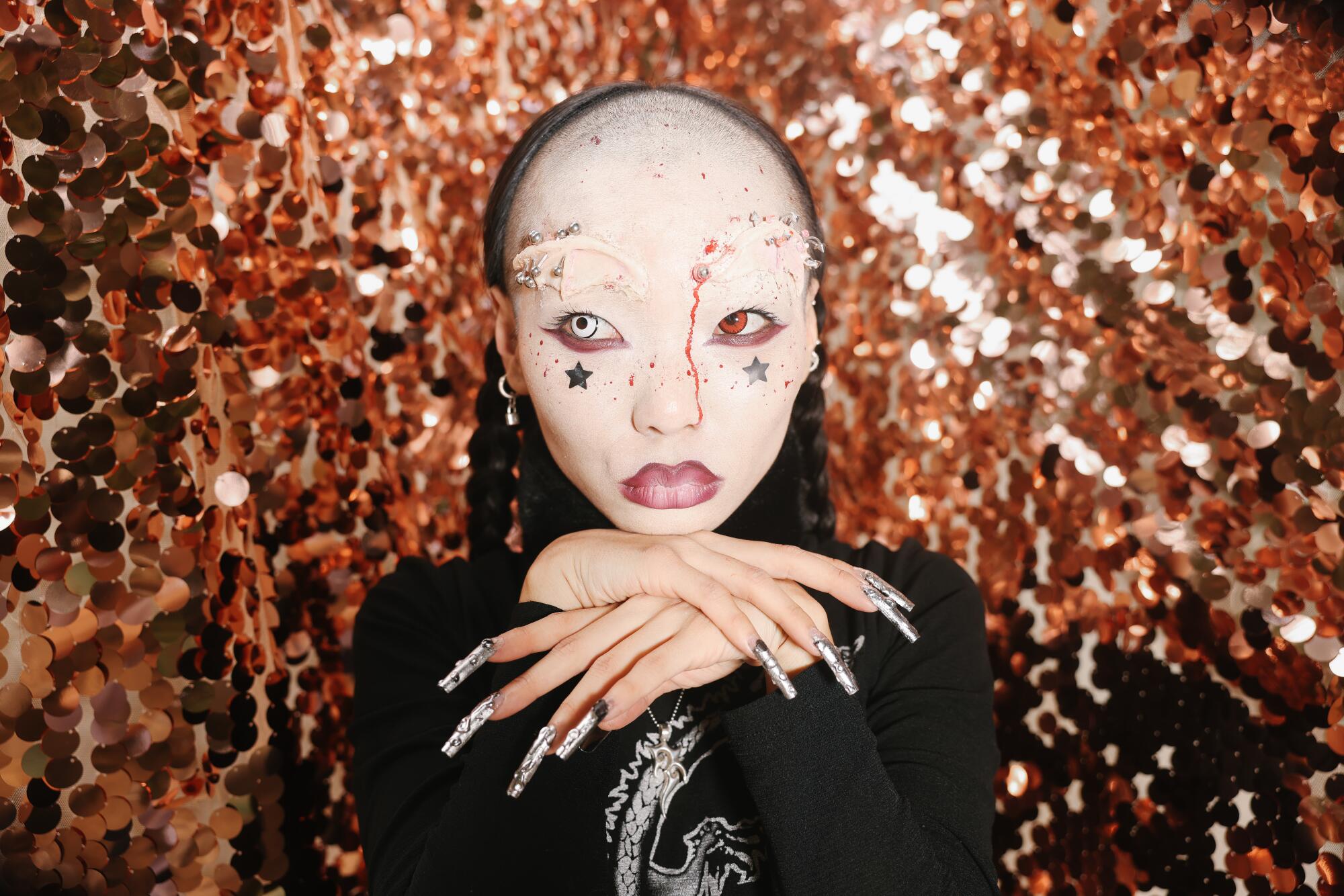
When Josephine Lee, a.k.a. Princess Gollum, does one of her signature makeup looks, like morphing into an extraterrestrial glamazon with head-to-toe bubble-gum-pink skin, she can feel her inner child screaming with glee.
âIt truly feels like a kid getting their first big box of Crayola and all you have are the walls in your house and you just go [wild],â says Lee, the happiness sparked by this particular visual radiating through her voice. âNo oneâs like, âDraw in the lines.â Makeup is that for me as an adult.â
The model-DJ-entrepreneurâs regular cocktail of makeup, body paint and prosthetics unlocks an exhilarating type of escapism where the top priority is having fun. Thatâs the best and clearest way to keep pure intentions while creating, Lee says. âObviously I am transforming myself into the most extreme version that I can, but I always feel so much more myself, if that makes sense.â
The vibe when Lee creates a look is âmethodically chaotic.â She flips through books and magazines, searches for images on Google and habitually rummages through her kit to find the right prosthetics or the inspo of the moment â like a shade of purple from the wing of a butterfly she saw the other day. And thereâs definitely always a playlist going, she says, âsome dark trance/techno or some Hello Kitty hip-hop, depending on the night.â
If weâre going to be talking about mental health, we need to attempt to define what it means to be mentally well â which can be a messy endeavor.
This quality time has been a balm for the systemic hurdles â racism, misogyny, pay inequity â that are common in Leeâs work as a model, a job she describes as a beautiful, divine accident. âIâve seen so many call sheets using terrible language to express details of how [Asian people] look physically. Or the fact that thereâs only ever space for one, maybe two, of us on set,â Lee says, recalling some of the sour experiences sheâs had to navigate as a Korean American woman in the industry. Crafting beauty looks has helped Lee work through the aftereffects of being hypersexualized since childhood.
âIâve dealt with a lot of sexualization from the time I was a very young child â Iâm also very petite and 4-foot-11. Itâs caused a lot of PTSD and trauma around sexuality, and itâs really stunted my growth,â Lee says. âWhen things like that happen at a very young age, I think it really does something to your brain.â
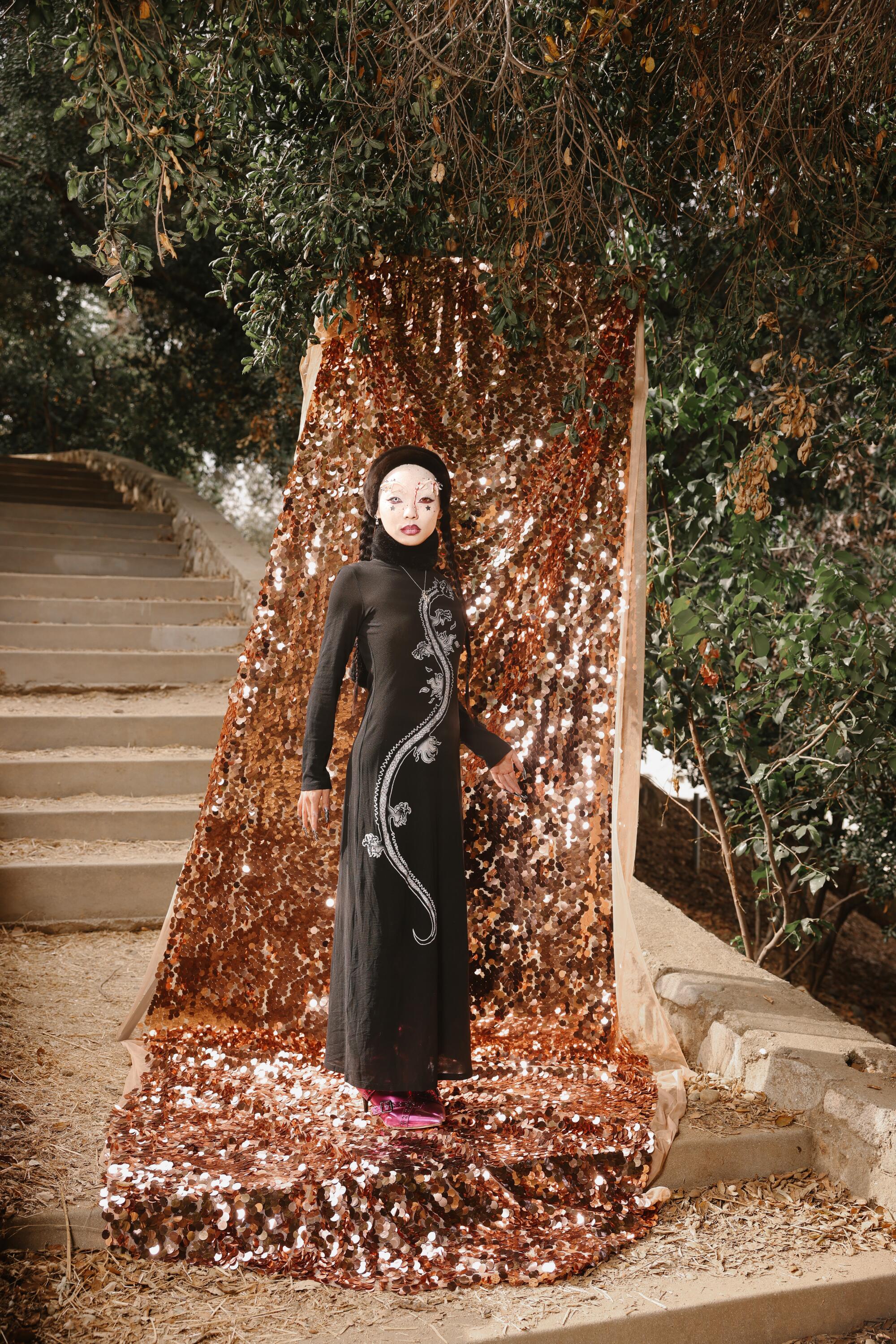
While she canât turn back time to shield her younger self, Lee has built a safe space to explore and celebrate her vision of beauty on her own terms.
âIâm doing this because of curiosity and because I know that each process â and some processes take hours and I donât get to what Iâm envisioning â is like getting to know yourself again,â reflects Lee. âCreating is the key for me to stay centered, to feel peace and dial back into my core, and to also feel productive â in a way where producing isnât closely tied to a job or a career. But itâs still something I need to do for myself. Period,â Lee says, pausing for a moment.
âThese certain things that I love help me disassociate from whatever emotional or mental state Iâm in and then come out with something thatâs, to me, the ideal beauty.â
Alyssa Blake Nader
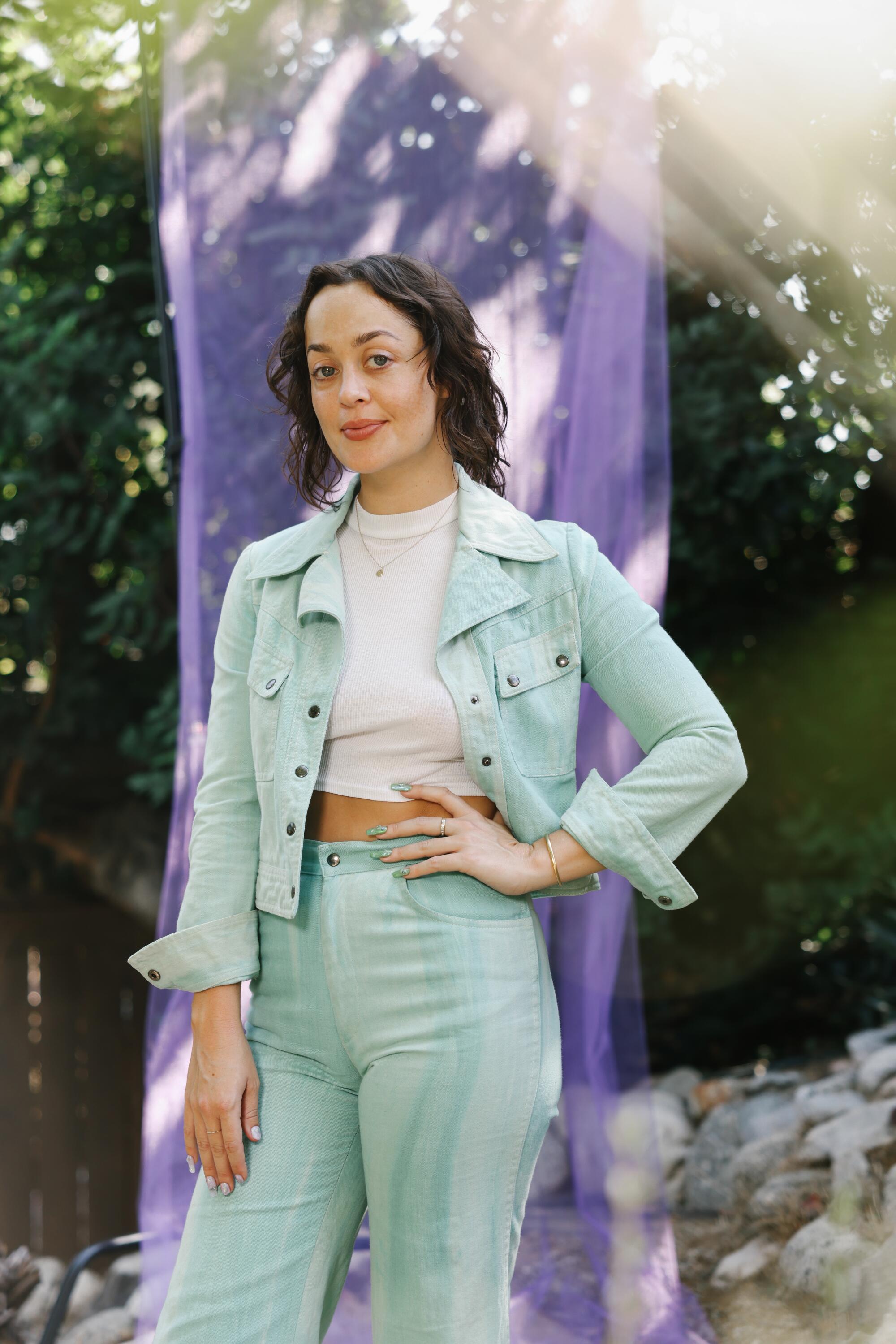
For as long as nail artist Alyssa Blake Nader, a.k.a. @daddydoesnails, can remember, compulsive skin picking has been in the picture. âMy family and friends know, like, if Iâm gone and itâs a little too quiet â they know that I probably went to go pick,â Nader says with a laugh.
Nader, who uses the three pronouns they, she and he, describes their journey with skin picking as one fueled by her sensitivity to unwanted textures. Thereâs also the deeply satisfying feeling of completion, she says, likening the feeling to the catharsis people struggling with video game addiction often seek out.
âYou canât focus on everything going on in your life and all the problems of the world â itâs too big a problem for your brain,â Nader explains. âBut just being like, âI need to get rid of this texture, mission accomplished.â Just touching [my skin] and itâs smooth is like nothingâs wrong.â
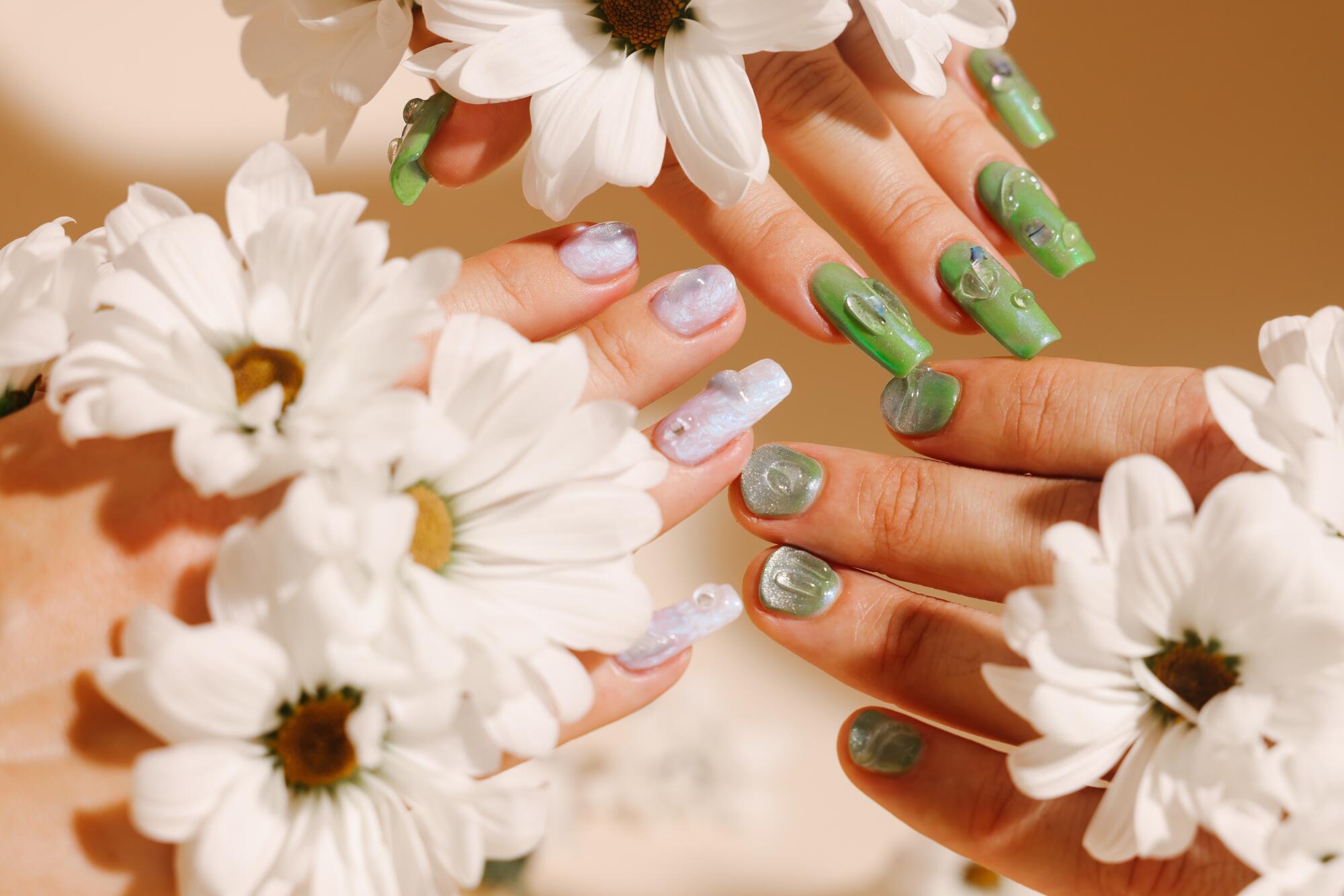
In other areas of Naderâs life, like managing anxiety symptoms, a heightened awareness of small details hasnât proved useful. But giving themselves and clients manicures has created a special space where âthis trait that can be maladaptive can be put to good use,â Nader says.
In one instance, while vibing at a party and feeling compelled to share, Nader showed guests a new manicure born from creative experimentation. Each hand had three smooth, gold half-orbs on the ring finger made of plastic and encased in gel â emitting a xylophone-like sound when touched in a quick up-down motion â to soothe her stimming. (The umbrella term âstimmingâ refers to self-stimulatory behaviors â compulsive skin picking, fidgeting, hair pulling, pinching, hand flapping, head banging, rocking back and forth, finger flicking â that are especially prevalent among people living with autism.)
The nail art resonated with one partygoer so much they booked a manicure with Nader a week later, seeking their own version of the sensory comfort blanket remixed to their tastes.
The queer manicure, which is all over TikTok and Instagram, has strong âif you know, you knowâ energy.
âItâs actually extremely hard to find helpful information thatâs from self-professed neurodivergent people,â Nader says, elaborating on the failures of the psychiatric manual used to provide diagnoses called the DSM-5 and the regular disregard for the varied bandwidths and sensitivities neurodivergent people live with. âItâs often you find that [medical advice] is so pathologizing and focused on, âHow can we fix you and make you assimilated to our society?â
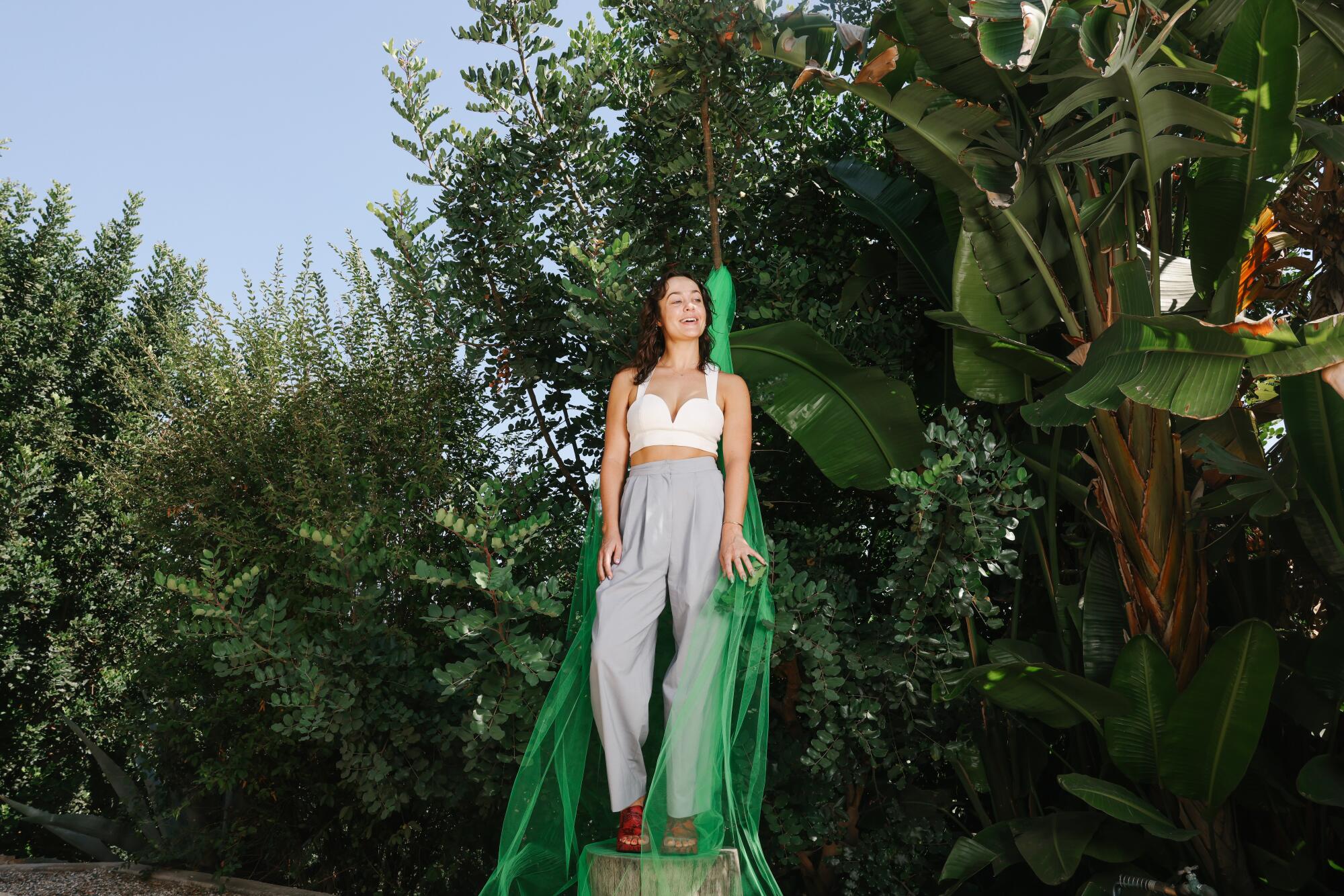
âOr youâll go through extreme lengths and expense to be able to talk to a therapist on Zoom for an hour while they tell you, âOK, donât pick,ââ laughs Nader. âLike thank you so much, this is incredible.â
These experiences have shaped how Nader approaches nail sessions, infusing them with empathy and turning practices like inquiring about a clientâs range of preferences and sensory needs into a must.
When Nader reflects on the many stranger-to-client encounters theyâve had over the years, like their stimming nails that resonated with a fellow partygoer, it calls to mind a past conversation about queer flagging. There is magic in that lightbulb moment of people realizing they can tailor their nails to their queerness â adjusting lengths and designs to their individual needs while also using their nails as a way to assert and embrace an important layer of their lived experience. And the same tailoring can be done in relation to your mental health, Nader says.
âI think itâs just something people havenât thought of before,â they continue. âI can have a little fidget, a little stimmy on my nail.â
Donni Davy
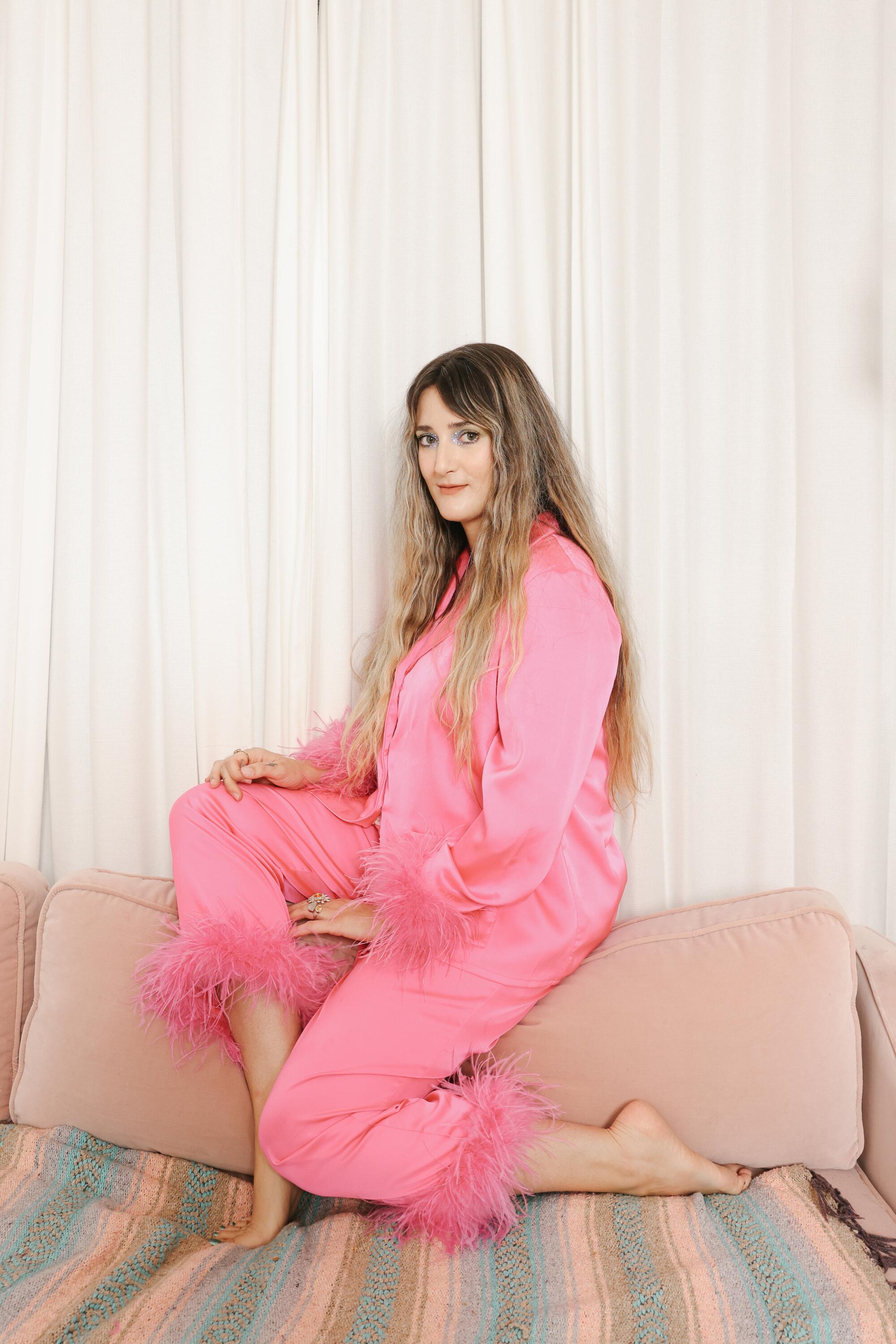
Donni Davy knows how to show visceral emotion through a makeup look, whether helming the game-changing glam on HBOâs âEuphoriaâ as a department head or launching and creative directing her makeup line, Half Magic.
Under Davyâs guidance, yearning, heartbreak, drug-induced nirvana and a range of other big feels are translated through shimmery eye makeup, intricate winged liner and rainbows of rhinestones on TVâs moodiest teens.
When Davy meditates on how anxiety and depression, two cornerstones of âEuphoriaâ that regularly inform a characterâs look, have manifested in her own life, the acute pain of showing up as a watered-down version of herself in the past comes to mind.
âI think so much anxiety and depression comes from those feelings of a repressed sense of self,â she says. âI really believe exploring your makeup and your hair and how you dress has a therapeutic and beneficial effect on your mental health because it opens a little door for you to express yourself â and once you do a little bit of it, you wanna do a little more.â
A turning point occurred for Davy during the 2020 COVID-19 quarantine. She was âoverworked and burnt out,â and the newfound free time became an opportunity to finally try expressive makeup on herself for a change.
After managing grief, anxiety and depression, video game designer Ana Cho turned to pottery and woodworking to sustain her.
Dark lipsticks and super spiky mascara became staples when she felt edgy and fierce; colorful eye shadows and dreamy cloud-like paintings on her eyelids replaced her go-to natural look when she felt ethereal.
âI wanted to see how it made me feel, and then I documented all of it â and of course, took a billion selfies,â Davy says. âEven though I wasnât going out during that time, it increased my confidence. I started exploring different versions of my personality through makeup, and I was able to get in touch with a part of myself that Iâd hidden or been too shy or too self-conscious to really express before.â
Davy now sees a rough period as an opportunity to use her vivid imagination for play. âI get to take a mood or depressed moment and give it this new life and make it into something weirdly fun,â she says. âThe antidote to anxiety and depression in my experience has been getting into the present moment and participating in my life rather than just staring at a wall or going off the deep end, which is my specialty.â
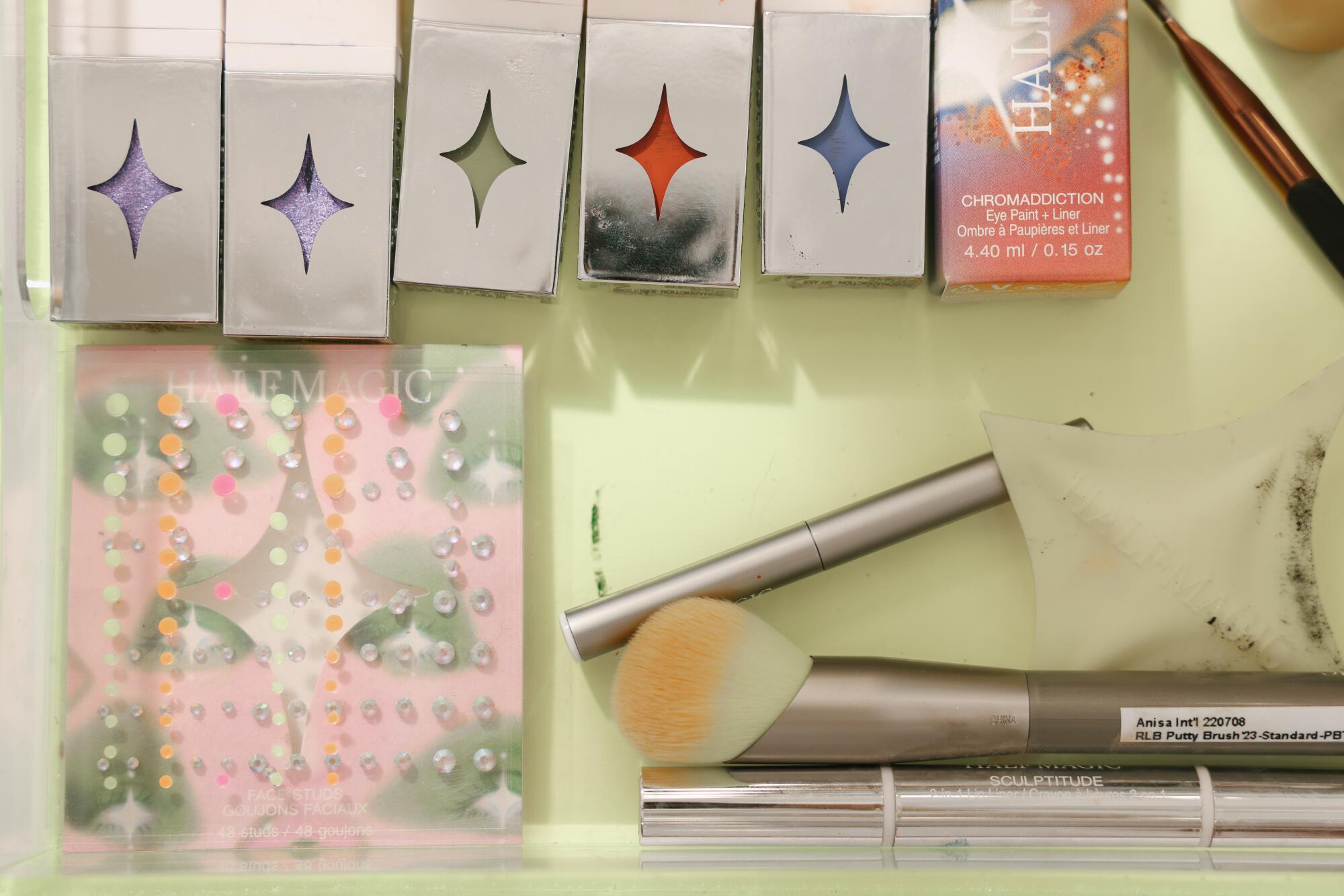
Davy hopes that Half Magic can affirm that self-exploration through makeup isnât exclusively for Gen Z and millennials. âI think everyone can do it,â Davy says, emphasizing her desire to see more older women comfortably engaging in beauty culture on their own terms, regardless of what antiquated beauty ârulesâ may say.
âItâs a really incredible, self-empowering feeling to know that youâre wearing something, whether itâs your clothes, your makeup or wearing your hair a certain way, that just makes you feel like you,â continues Davy.
âIâm 34 and Iâve spent the past couple years just finally stepping into myself and then stepping out the door as my fully formed self. It feels like a mental health medication.â
More to Read
Sign up for The Wild
Weâll help you find the best places to hike, bike and run, as well as the perfect silent spots for meditation and yoga.
You may occasionally receive promotional content from the Los Angeles Times.
